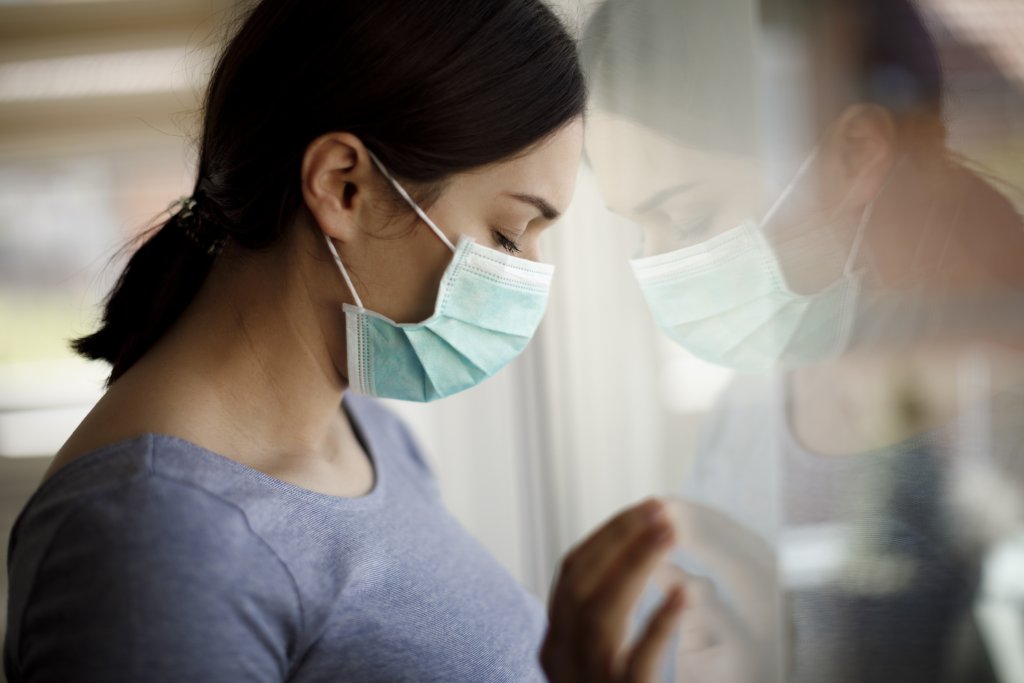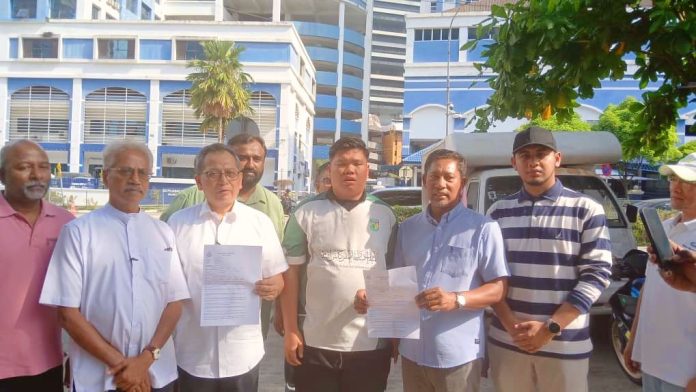THE World Health Organisation estimates that 290,000 to 650,000 people die of flu-related causes every year worldwide.
As influenza re-emerges in Malaysia, coupled with the rising number of COVID-19 cases, this has become a major public health concern.
At least it is comforting to know that the mortality rate in Malaysia is lower than in other countries, as per what Health director-general Tan Sri Dr Noor Hisham Abdullah said. This might be due to high accessibility to flu shots and vaccines, which played a vital part in patients’ recoveries.
Post recovery, both COVID-19 and influenza patients may continue to suffer from lingering symptoms like anxiety, fatigue and breathing problems spanning weeks after infection. Most patients improve over time, though some take months, or in dire cases, years.
Therefore, it is essential that each patient take precautionary measures in their long-term recovery journey by seeking help from healthcare professionals before it’s too late.
Long COVID and influenza symptoms
Studies show that a protein in the influenza virus helps it multiply and damages lung epithelial cells, causing fluid build-up in the lungs. A bad case of COVID-19, on the other hand, can produce scarring and other permanent problems in the lungs.

“Predominantly long COVID patients are elderlies because of their weak immunity,” said Sunway Medical Centre consultant respiratory physician Dr Kow Ken Siong.
“Moreover, adults with heart or lung diseases are prone to these respiratory diseases as their airways are much narrower.”
Post-respiratory disease symptoms vary for everyone and include:
- Constant tiredness
- Brain fog
- Persistent headache
- Chest pain
- Difficulty breathing or shortness of breath
- Prolonged cough.
Symptoms like these can be treated, but it will take time. Gradually, lung tissue heals from scarring, but it will take months or years for a person’s lung function to return to normal.
It is also important to note that lung healing from respiratory diseases will produce its own set of symptoms as well.
Patients will experience discomfort as the healing process starts but only through treatments and therapy will the doctor be able to determine which stage of recovery a patient is in.
Home exercises to strengthen the respiratory system
First, walking. Albeit one of the easiest exercises, it is the best way to regain your strength. Walking improves circulation and strengthens the tissue around your lungs, helping them function.
Set short realistic goals, and start slow by walking in your house for 10-15 minutes. If you feel comfortable without any shortness of breath, you can gradually increase it by five minutes.
Next, try a breathing exercise known as “Yawn to a smile”. This exercise helps to increase coordination and build strength in the arms and shoulder muscles.
It will also help to open up the muscles in the chest to allow the diaphragm to fully expand.
- Sit upright with a straight back. This can be done on the edge of our bed or in a sturdy chair.
- Stretch your arms up to shoulder height, overhead. Then open your mouth wide and create a big stretching yawn.
- Bring your arms down and turn that yawn into a smile for three seconds.
- Repeat the process for one minute.
Last but not least, humming. Humming helps to increase nitric oxide production. Nitric oxide helps with neural plasticity (building and repair of the nervous system) and the dilation of blood vessels so that it pulls more oxygen into the lungs with each breath.
Humming can also reduce stress as it calms and soothes the mind.
- Sit upright with a straight back and place your hands around the sides of your stomach.
- Retain your lips closed and rest your tongue on the roof of your mouth.
- Breathe deep and slow through your nose and spread your fingers while you’re doing so.
- Keep your body relaxed and when your lungs are full, exhale while humming, making the “hmm” sound.
- Repeat by inhaling and exhaling through your nose while humming.
- Do this for several breaths.
Other things to do during recovery
Eat well. A healthy and consistent diet is always crucial for boosting immune systems; eating fruits that contain Vitamin C is one of the best ways to improve the immune system.
It is also important to keep the body well hydrated as this maintains proper blood volume and ensures a thin lining of mucus in the lungs; healthy mucous membranes can help the lungs resist infection and tissue damage.
Sleep. Sufficient sleep supports the immune system, which reduces the risk of infection and can improve overall health outcomes for people recovering from COVID-19 and influenza.
Sleep deprivation, on the other hand, causes changes in breathing patterns, affecting overall lung function.
Exercise. Staying active is important because lung function decreases as you age; over time, the lung tissue that supports breathing loses its elasticity and the air sacs become baggier.
Research, however, has shown exercise can slow that decline and boost overall lung function.
“Exercising can help you to recover quickly but remember to always start slow as you’ll experience breathlessness easily, especially post-COVID-19 and influenza,” Dr Kow advised.
Get booster shots. Staying up to date with vaccines and flu shots is important, not only to protect against the disease but also to protect your lungs from permanent scars.
Typically, everyone should be vaccinated annually, as it is the best way to keep yourself safe and prevent influenza from spreading to others.
Take care of your mental health. Surrounding yourself with supportive friends and family will boost your mental health, especially after the quarantine period where one self-isolates for a significant amount of time.
Additionally, having a daily routine will stabilise your mood. Occupying your mind with other responsibilities and tasks will be helpful.
Maintain personal cleanliness and sanitation. Disinfecting your room prevents the disease from being transmitted to close contacts.
Frequently disinfect household items, such as tables, chairs, doorknobs and cupboards. Besides that, wash your hands often for at least 20 seconds with soap and water.
Make a habit of ventilating your room regularly, by opening windows to allow fresh air to enter. Also, wear a mask at all times if surrounded by people.
Treatment and rehabilitation
Each patient’s symptoms may vary, so it is important to seek consultation from your doctor about the symptoms you are experiencing. Assessments must be made by these individuals:
- Rehabilitation physician
- Physiotherapist
- Occupational therapist
- Dietitian
- Clinical psychologist
After being assessed, consultants will then follow up with rehabilitation sessions involving physiotherapy or occupational therapy.
These comprehensive assessments and rehabilitative treatments aim to regain a patient’s strength, endurance and cognitive function after their infection with COVID-19 or influenza.
Sunway Medical Centre urges patients to seek a multi-disciplinary and comprehensive rehabilitation team to aid them in their recovery.
The team needs to consist of specialists that will conduct a comprehensive assessment and create a personalised plan to help patients in their journey toward optimal recovery. – Aug 25, 2022
Sunway Medical Centre is a leading private tertiary medical centre in Malaysia, offering a comprehensive range of medical services, which include facilities and advanced medical technologies for outpatient and inpatient speciality care, health and wellness programmes and 24-hour emergency services.
The views expressed are solely of the author and do not necessarily reflect those of Focus Malaysia.









